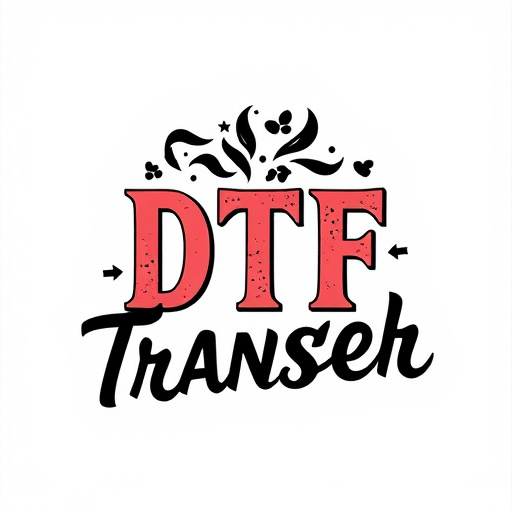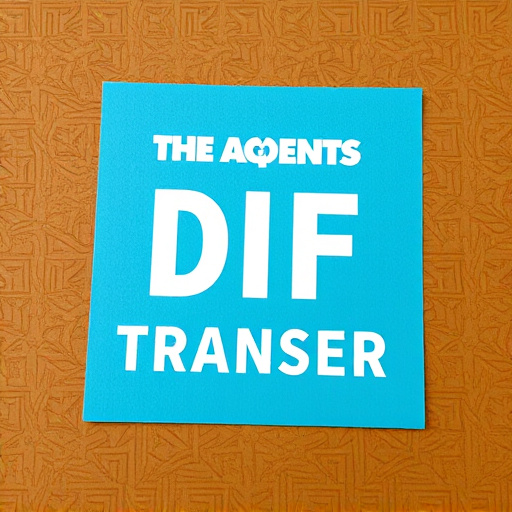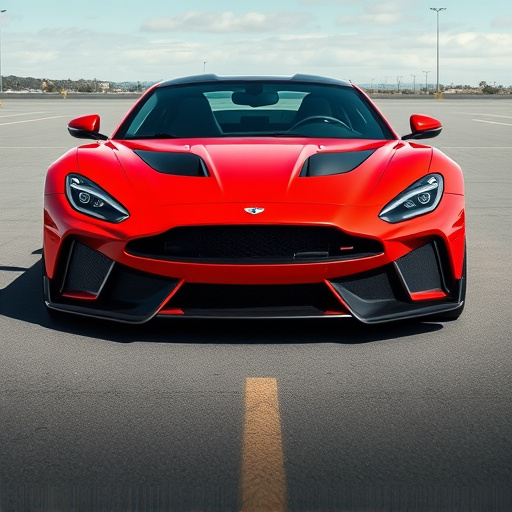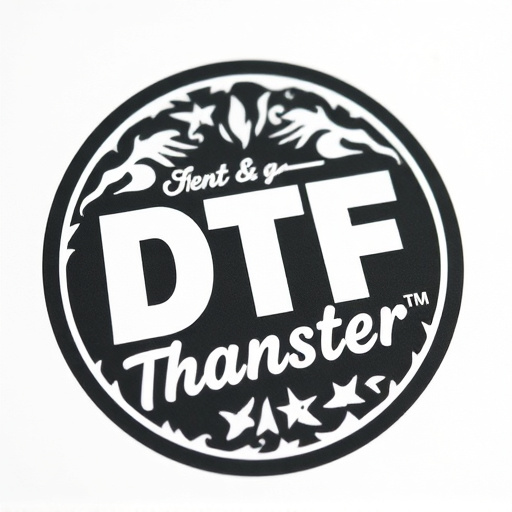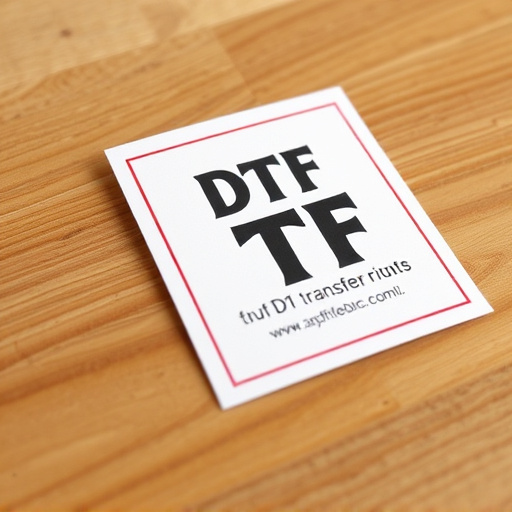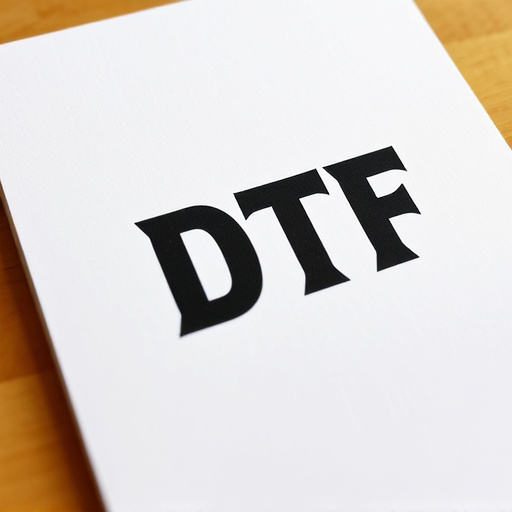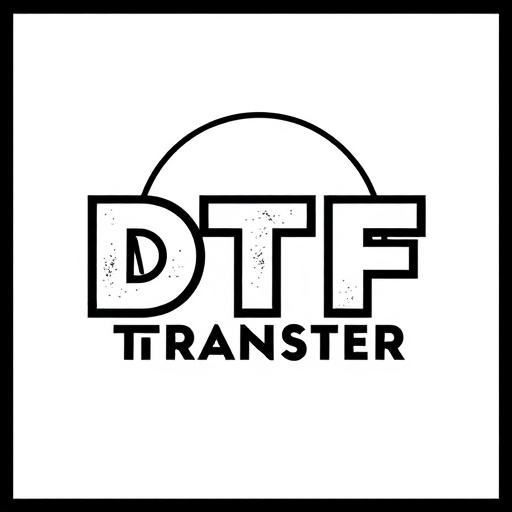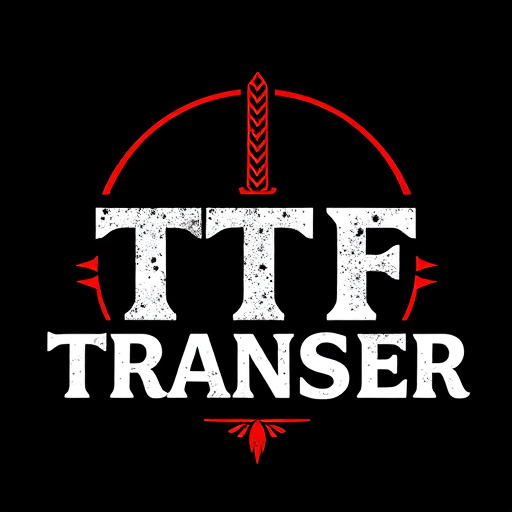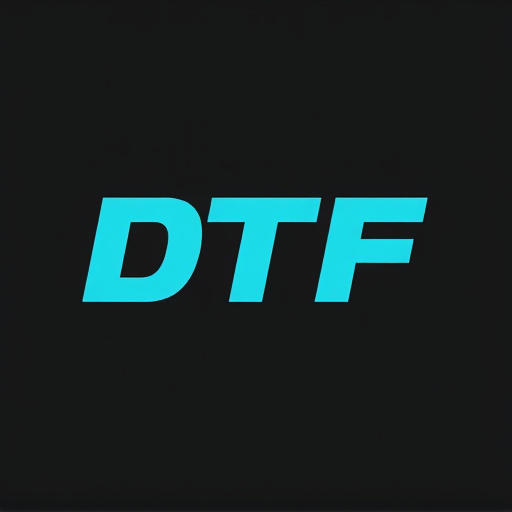Direct-to-film (DTF) transfers have revolutionized printing with their ability to precisely transfer designs directly onto various substrates. Offering exceptional detail, color accuracy, and durability, DTF technology caters to diverse media like metal, wood, vinyl banners, and fabric. Its versatility streamlines workflows, reduces waste, and expedites project turnaround, making it ideal for businesses and artists. Standard sizes (A4, A3) suit personal/small projects, while larger formats are suitable for professional printing on fabric or vinyl. DTF's high-resolution capabilities preserve film content accurately, exceeding 4K resolutions. Quality control involves precise equipment calibration, material selection, and maintenance to avoid issues. Future advancements include higher resolutions, expanded color gamuts, customizable variable data printing, and sustainable practices.
Direct-to-film (DTF) transfers have revolutionized the way we produce prints, offering unparalleled customization and quality. This article delves into the intricacies of DTF technology, focusing on categorization by dimensional measurements. We explore standard sizes and their applications in DTF printing, dissect the advantages of high-resolution prints, and discuss practical controls for ensuring transfer quality. Additionally, we peek into future trends shaping this dynamic field.
- Understanding Direct-to-Film (DTF) Transfers: An Overview
- Categorizing DTF Transfers by Dimensional Measurements
- Standard Sizes and Their Applications in DTF Printing
- High-Resolution Prints: Advantages and Techniques
- Practical Considerations for DTF Transfer Quality Control
- Future Trends in DTF Technology and Customization
Understanding Direct-to-Film (DTF) Transfers: An Overview
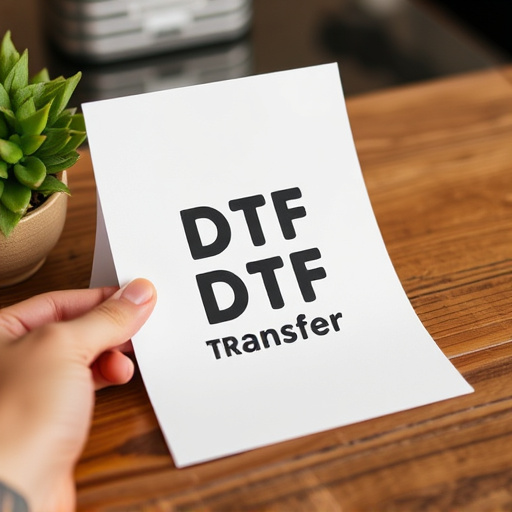
Direct-to-film (DTF) transfers are a cutting-edge printing technique that has revolutionized the way we reproduce images and art on various surfaces, particularly in the realm of signage, advertising, and decorative arts. This innovative process involves transferring an image or design directly onto a film substrate using specialized equipment, eliminating the need for traditional intermediate steps. DTF transfer technology offers unparalleled precision, allowing for intricate details and vibrant colors to be captured with exceptional accuracy.
DTF printing has gained immense popularity due to its versatility and efficiency. It enables custom designs to be quickly adapted for different media, from rigid materials like metal or wood to flexible options such as vinyl banners and fabric. DTF transfers create durable prints that are resistant to fading, making them ideal for both indoor and outdoor applications. By streamlining the printing process, DTF technology reduces waste and turns around projects faster, catering to the dynamic demands of modern businesses and artists alike.
Categorizing DTF Transfers by Dimensional Measurements
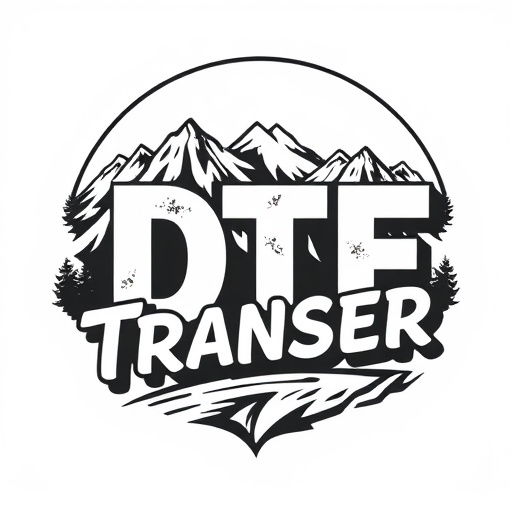
Direct-to-film (DTF) transfers have revolutionized the way we approach printing and design, offering a unique and versatile method for creating high-quality prints directly onto various surfaces. When categorizing DTF transfers, one of the primary considerations is the dimensional measurements or sizes available. This aspect plays a crucial role in determining the suitability of a particular DTF transfer for specific projects.
The dimensional spectrum of DTF transfers typically ranges from standard to custom sizes. Standard DTF prints often cater to common applications, such as signage, posters, and small-scale decorations, offering pre-defined dimensions that are readily available and cost-effective. On the other hand, custom DTF transfers allow for more flexibility in terms of size, making them ideal for unique designs or specialized projects where exact dimensions are required. This customization enables printers to accommodate a wide array of surfaces, from small accessories to large-format displays, ensuring an optimal fit for every application.
Standard Sizes and Their Applications in DTF Printing
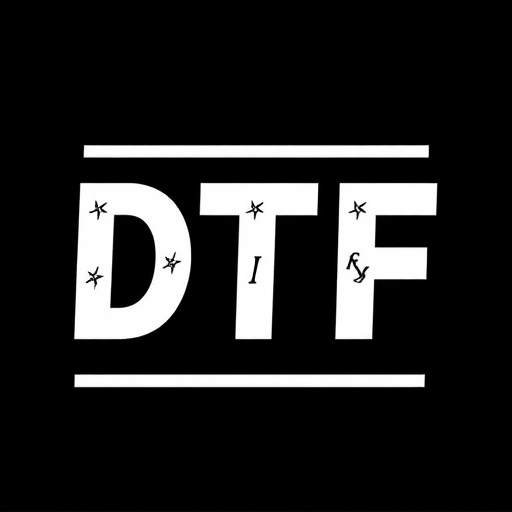
Direct-to-film (DTF) transfers come in a variety of standard sizes that cater to different applications in DTF printing. The most common dimensions include A4, A3, and larger formats like banner or poster sizes. For personal use or small-scale projects, A4 and A3 are popular choices due to their versatility and cost-effectiveness. These sizes are suitable for creating single DTF prints, whether it’s a design for a phone case, a t-shirt, or a piece of artwork.
In professional settings or for larger production runs, bigger dimensions like banners or posters become more practical. DTF transfers in these sizes are ideal for printing on fabric, vinyl, or other materials that require wider coverage. Moreover, they enable the creation of intricate and detailed designs, making them perfect for advertising, branding, or even special events. The availability of standard sizes ensures a seamless fit with common printing equipment and substrates, streamlining the DTF printing process for various applications.
High-Resolution Prints: Advantages and Techniques
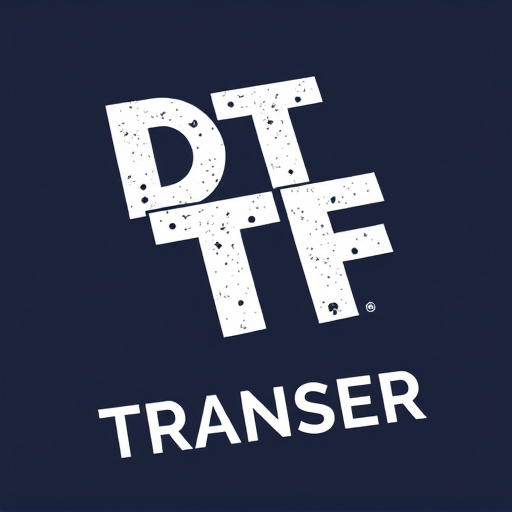
High-Resolution Prints offer a myriad of advantages for those looking to preserve or enhance visual content from films. By employing Direct-to-Film (DTF) transfers, professionals can capture intricate details and colors with remarkable accuracy, ensuring a faithful reproduction of the original source material. This technique is particularly beneficial for archival purposes, restoration projects, and even artistic reinterpretations.
The process involves advanced scanning technology that captures each frame at ultra-high resolutions, often exceeding 4K. These digital scans are then meticulously transferred onto film stock, creating DTF prints that retain the look and feel of traditional cinema. The result is a print with sharper details, more vibrant colors, and a deeper depth of field compared to conventional printing methods. This level of precision allows filmmakers, archivists, and artists to explore new creative possibilities while preserving cinematic history.
Practical Considerations for DTF Transfer Quality Control

When ensuring the quality control of Direct-to-film (DTF) transfers, several practical considerations come into play. One of the primary aspects is maintaining consistent dimensional accuracy throughout the transfer process. This involves meticulous measurement and calibration of printing equipment to align with the specific dimensions of the DTF film used. Variations in size can lead to improper fit when applying the transfer to the intended surface, resulting in poor aesthetic appeal and potential functional issues.
Additionally, the choice of appropriate materials and careful handling during application are crucial. Using high-quality, compatible adhesives and ensuring proper surface preparation can prevent bubbles, wrinkles, or misalignments that may compromise the integrity of DTF prints. Regular cleaning and maintenance of printing tools are essential to maintain consistency in transfer quality, guaranteeing that each print meets the desired specifications.
Future Trends in DTF Technology and Customization
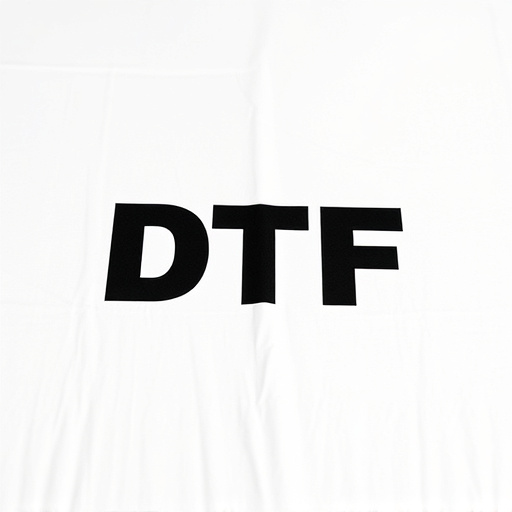
As technology continues to evolve, Direct-to-film (DTF) transfers are expected to see some exciting advancements in the near future. One prominent trend is the integration of advanced printing techniques, allowing for more intricate and detailed DTF prints. This includes the exploration of higher resolution capabilities and expanded color gamuts, enabling printers to produce vibrant and lifelike images directly on various media. With these improvements, DTF technology is poised to cater to a broader range of applications, from custom art pieces to specialized industrial solutions.
Customizability is another key aspect that will drive the future of DTF transfers. Printers are likely to offer more options for personalization, including variable data printing and on-demand customization. This means that each DTF print can be tailored to specific customer preferences, making it an attractive choice for businesses looking to provide unique, made-to-order products. Additionally, sustainable practices might gain prominence, with innovations focused on eco-friendly materials and processes, ensuring that the growing demand for DTF prints aligns with environmental considerations.
